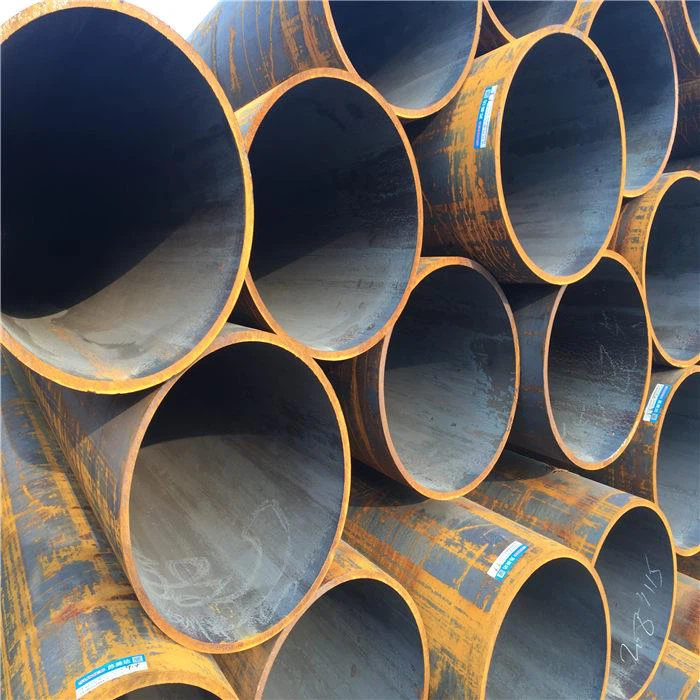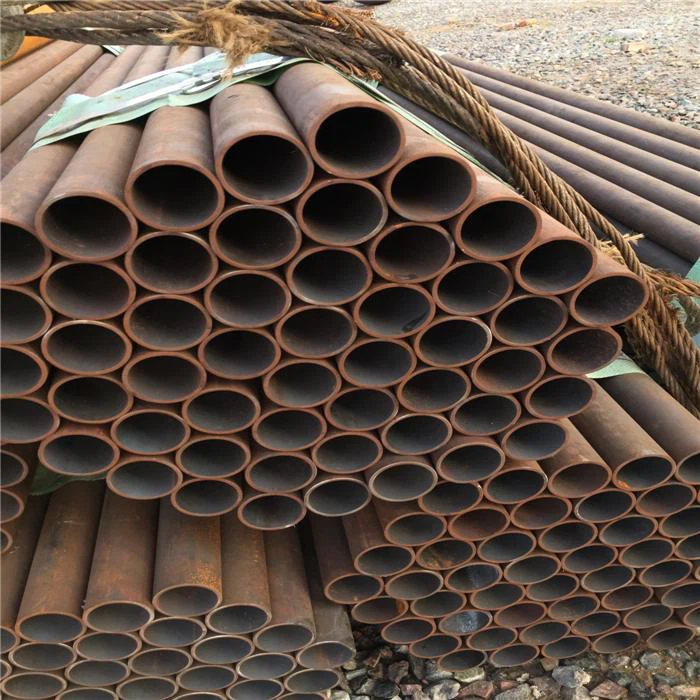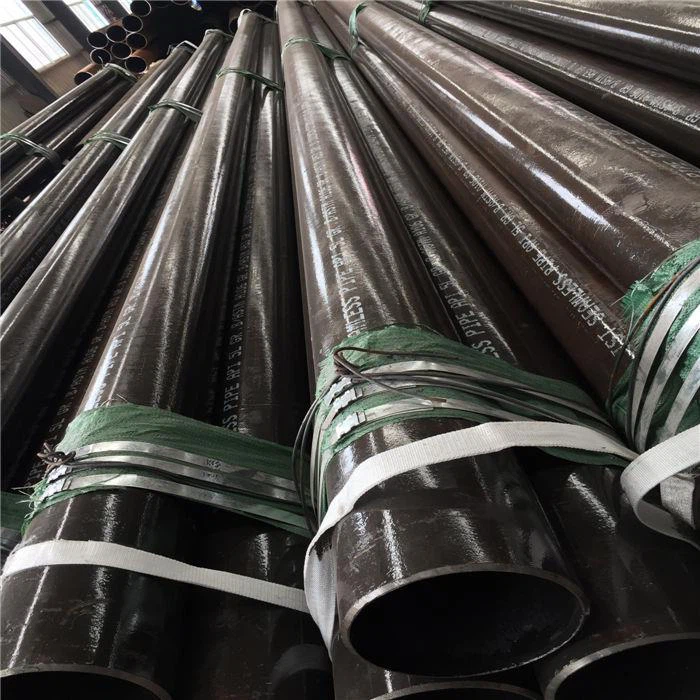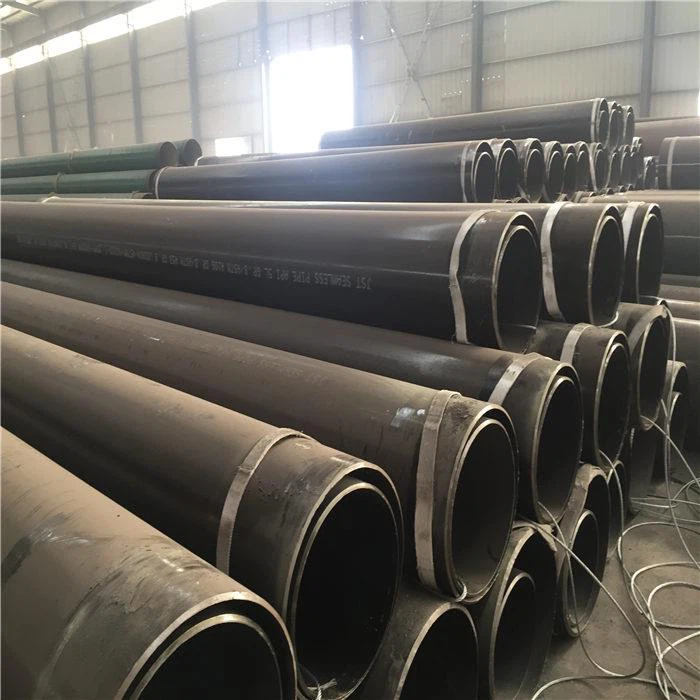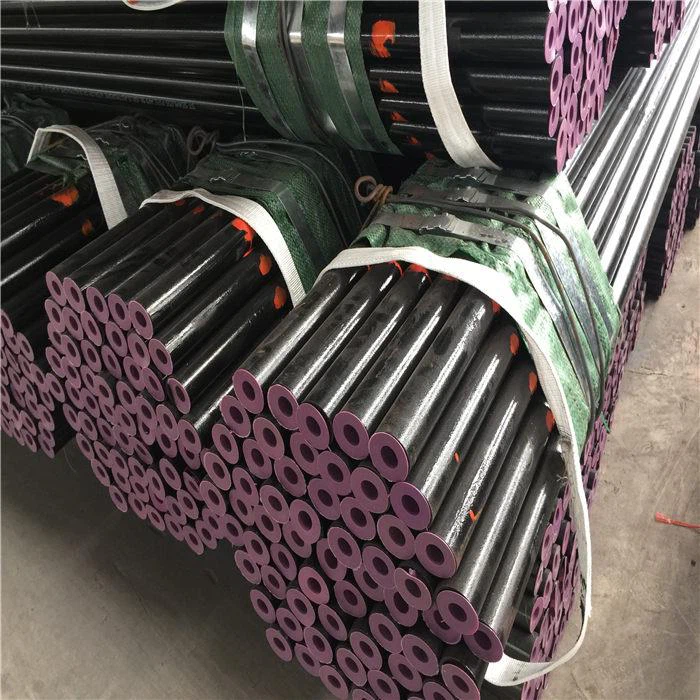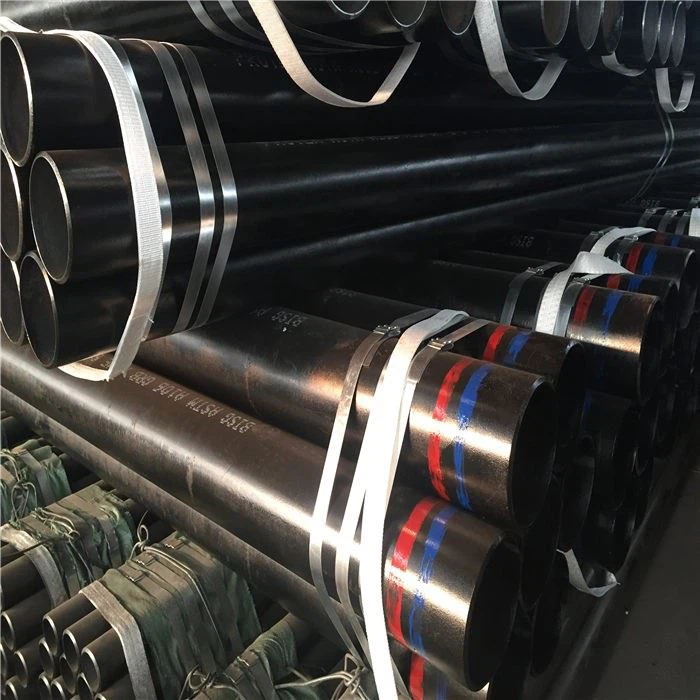Material Properties (Elastic Coefficient, Thermal Coefficient, Thermal Fatigue) In Relation To Temperature
There are two types of material coefficient related to temperature: one is the material coefficient related to mechanical properties of materials; The other is the material coefficient related to heat conduction. Of the former are E, G, V, a; Belonging to the latter C(specific heat capacity), ρ (density), K (heat conduction coefficient) and so on. These coefficients are not actually constant, but vary with temperature. However, when the temperature is not high, the average value is usually taken as a constant. However, when the temperature is high and varies greatly, the change with the temperature must be considered.
1 The relationship between elastic coefficient and temperature
The elastic coefficient E and shear modulus G of metal decrease with increasing temperature, while poisson's ratio V changes little with increasing temperature. E, G and temperature are determined by static method and dynamic method. The former is tested by loading in high temperature furnace, and the latter is determined by vibration method or ultrasonic pulse method. Vibration method is to make the specimen do elastic vibration in a high temperature furnace, and determine the elastic constant by measuring the frequency. The ultrasonic law is to measure E, G and V by measuring the propagation speed of the wave by applying ultrasonic waves to the specimen.
2 The relation of thermal coefficient to temperature
The thermal coefficient of metal materials has a linear relationship with temperature, linear expansion coefficient A increases linearly with the increase of temperature, thermal conductivity coefficient K decreases with the increase of temperature, and specific heat capacity increases with the increase of temperature. The variation of the thermal coefficient of a specific material with temperature can be known by measuring the slope of a straight line or the curvature of a curve of the relationship between the thermal coefficient and temperature. For example, the thermal coefficient of carbon steel varies with temperature from different sources as shown in Figure 1.
3 Thermal fatigue of materials
When the ductility material increases with temperature, even if the stress exceeds the yield point will not immediately damage, but even if the stress level is low, if there is a large temperature change repeatedly, eventually due to fatigue cracking and resulting in failure. This phenomenon is called thermal fatigue.
Thermal cycling and stress-strain plots
Suppose the bar is fixed at the highest temperature at the beginning of the test and then cooled to produce tensile stress, OAF is a stress line. Then, if reheated, the first stress line begins to move down parallel to OA, yielding at a stress lower than the cooling cycle tension, and finally reaches point E. If maintained at the highest temperature for a period of time, the compressive stress decreases to the point E' due to stress relaxation. If cooling begins again, it rises along E'F' and reaches the point F' at the lowest temperature. Because there is no pressure relaxation at the lowest temperature. If heating begins again, the line drops along F 'e "and reaches the point E" at the highest temperature. At this point, the stress decreases due to stress relaxation and moves to point E"'. If the cooling starts again, it reaches point F" along the curve E"'F" at the lowest temperature.
If this cooling-heating cycle is repeated, the stress-strain diagram depicts a hysteresis curve each time, and the associated retrocomplex plastic strain is the cause of thermal fatigue. The maximum and minimum temperature of thermal cycle, average temperature, holding time of maximum temperature, repetition rate and elastic-plastic properties of materials are all factors affecting thermal fatigue.
The strength of thermal fatigue refers to the relationship between the plastic strain P of a cycle and the number of failures N. According to manson-Coffin's empirical formula
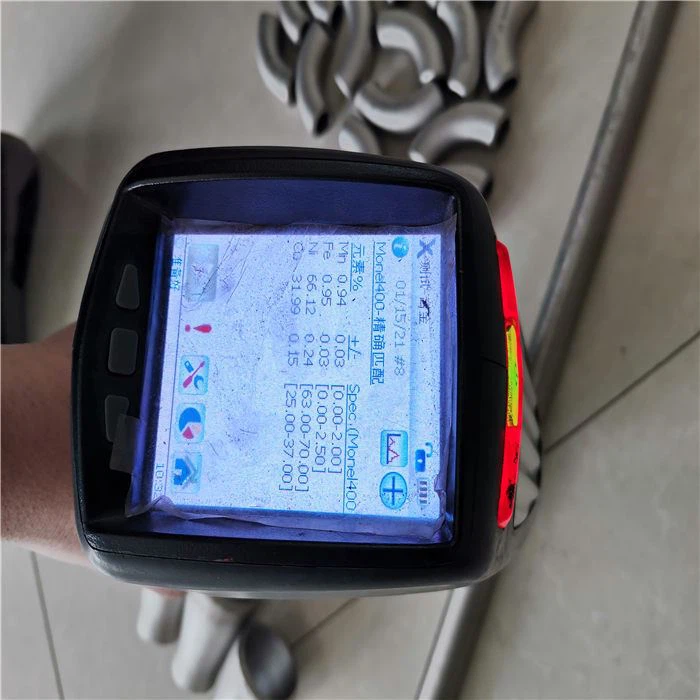
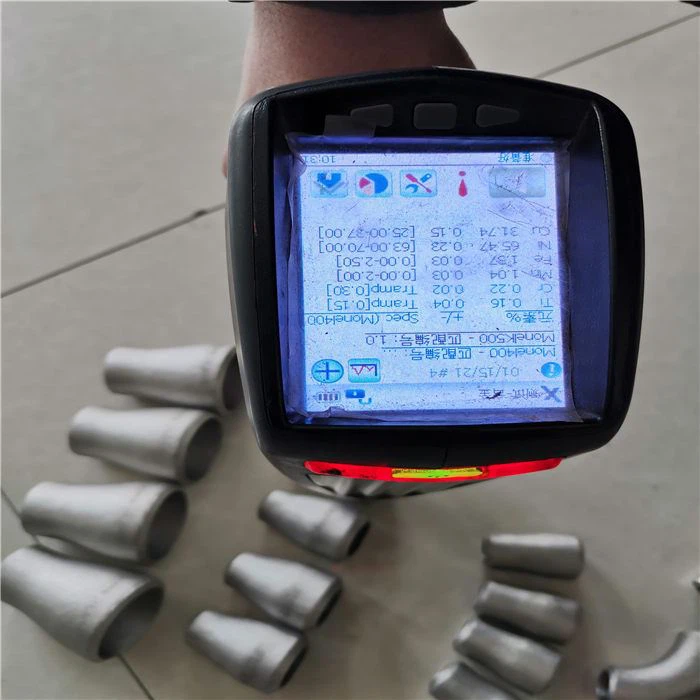
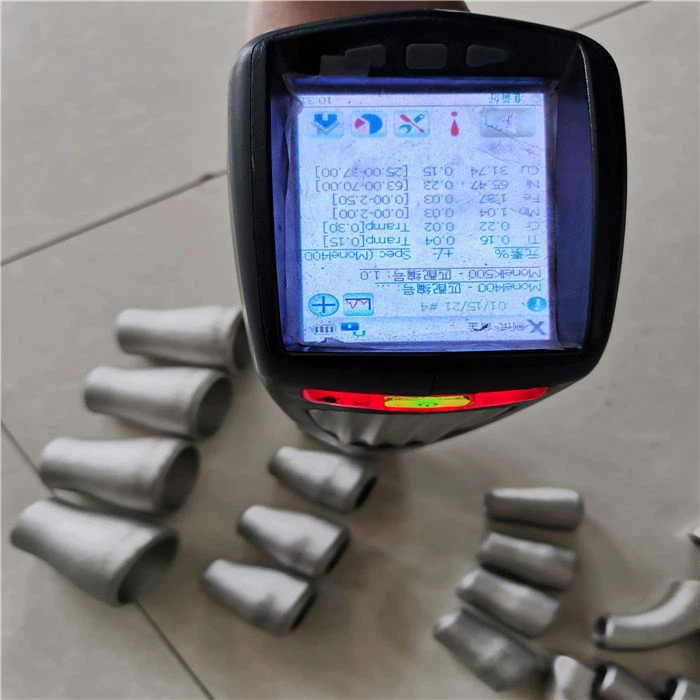
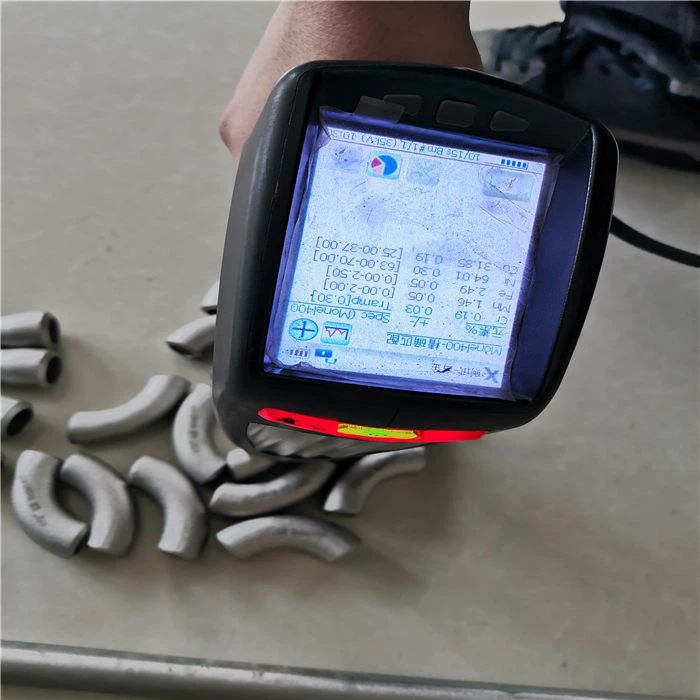
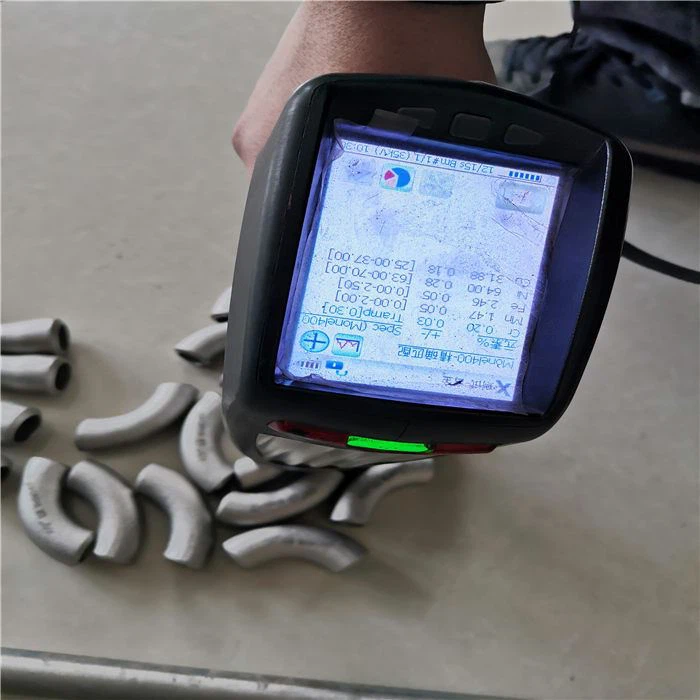
Galaxy Company Steel Pipe Product Hot Tags:
{seamless steel pipe| line pipe| boiler tube| ASTM A333 pipe| API 5L pipe| welded steel pipe| steel pipe inventory| steel plate,pipe fittings, Hot-dip galvanized welded pipe}


